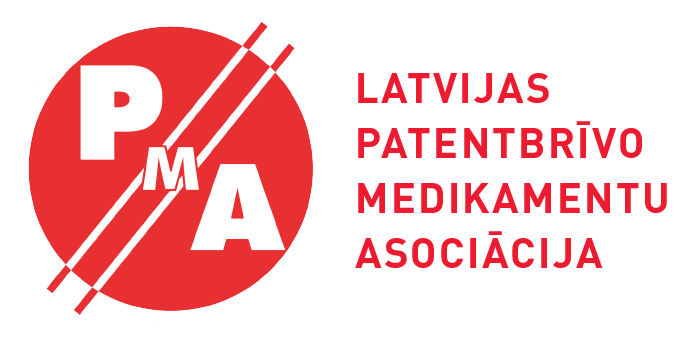From April 1, a new prescribing procedure will come into force: in the prescriptions of
state reimbursable medicines, doctors will not indicate the name of a specific
medicine, but the name of the active substance of the medicine. Several opinions have been expressed in the public space on this topic, including on generic medicinal
products, which will now be prescribed to an increasing number of patients. The
Latvian Generic Medicines Association (LGMA) explains what generic medicinal
products are, whether and how they differ from the original medicinal products and
what the benefits for patients will be.
“There is a lot of confusion when making significant changes of a national level. Therefore, as an association, we want to dispel myths and ambiguities about the use, composition and quality of generic medicinal products by promoting patient awareness of generic medicinal products and their equal effectiveness. The use of generic medicinal products in treatment is a solution to financially sustainable healthcare. It will also promote wider availability of medicines for patients, as the prices of generic medicinal products are usually from 20 to 90% lower than those of original medicinal products,” emphasizes Egils Einārs Jurševics, Chairman of the Board of LPMA.
What are generic medicinal products? These are medicines that contain the same active
substance in the same dose or concentration as the corresponding original medicinal
products. This means that generic medicinal products are interchangeable and chemically identical to the original medicinal products. The only differences between generic medicinal products may be in the form, size and colour of the medicines.
Why are generic medicinal products cheaper than original medicinal products?
Because generic medicinal products can only enter the market when the patent for the
original medicinal products has expired. As generic medicinal products are based on a pre-developed formula, research and production costs are significantly lower than for original medicinal products, which also reduces the selling price.
How is the quality control of generic medicines ensured? Like original medicinal
products, manufacturers of generic medicinal products must submit a bioequivalence report to the State Agency of Medicines, which confirms the compliance of the particular medicine with the set quality, safety and efficacy requirements. These requirements are as strict as for original medicinal products. Last but not least, manufacturers of generic medicinal products must be able to demonstrate that the medicines in question provide the same therapeutic effect as the original medicinal products. This means that all generic medicinal products available in pharmacies work just as well as more expensive original products.
More information about the benefits of generic medicines can be found on the LPMA
Facebook page: https://www.facebook.com/LatvijasPM
